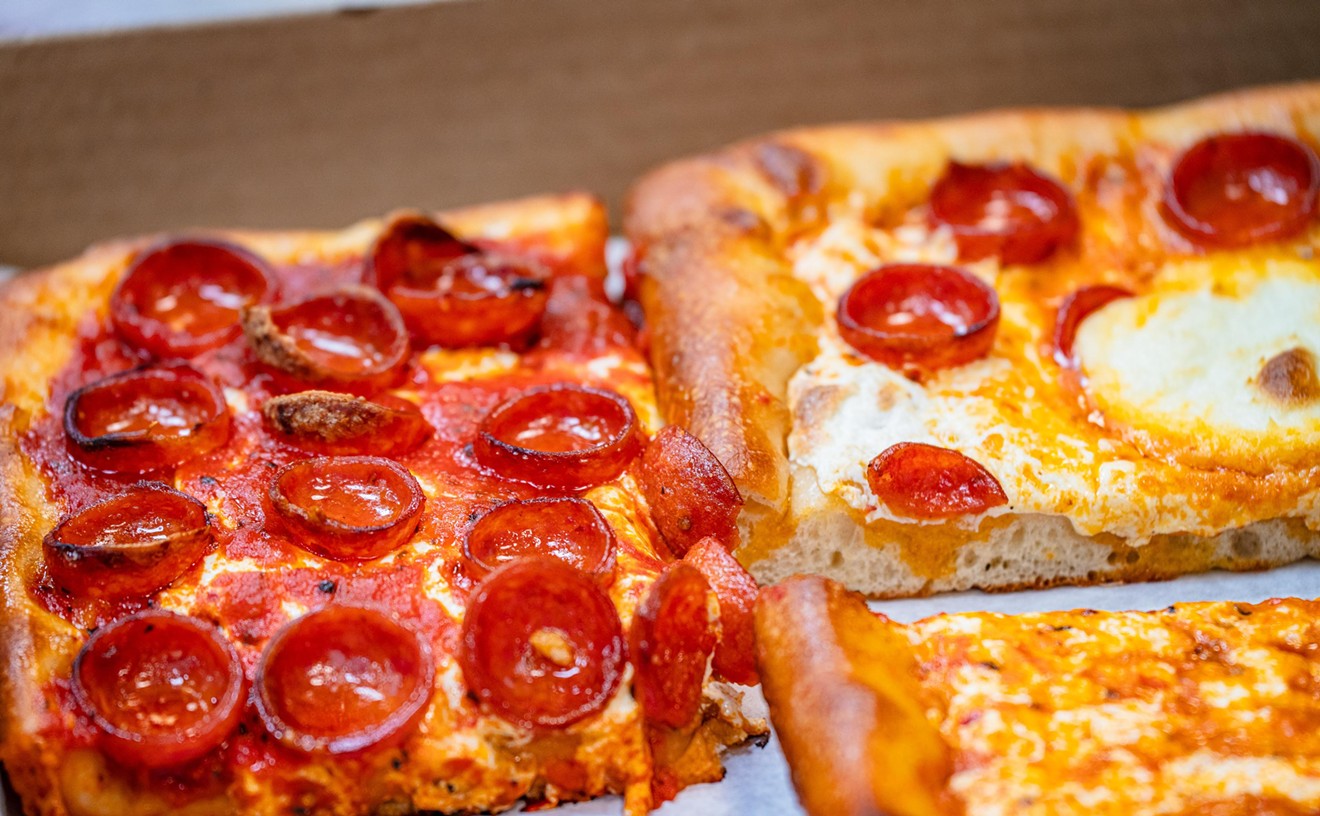Part of the reason why happy hour doesn't appeal to the people in this city could be because those who hold day jobs frequently live a white-picket lifestyle. In other words they have families to whom they return every evening. The Miamians who are single or otherwise unencumbered generally work nontraditional jobs in the service or tourist industries. Thus they're on the clock when happy hour strikes. So there's barely anyone left who's available to party between the hours of five and seven.
More significant is the fact that Miami, unequivocally influenced by Spanish and Latin-American timetables, is a late-night town. Folks don't sit down to dinner until nine or ten. Clubs don't get going until midnight. Revelers don't hit the sheets until dawn. Woe to anyone who begins drinking at five in the afternoon, because you're likely to pass out long before the action starts. When it comes down to a choice of taking a disco nap or having a couple of drinks, most day jobbers will choose a snooze every time.
As a result restaurants lose out on potential nonmealtime business, and patrons who have come from other cities where happy hour thrives search in vain for bargain well drinks and chicken wings. But surprisingly there is an alternative to happy hour that the restaurants in this most Latin of cities have yet to explore, or exploit, depending on your point of view: merienda.
In Spain merienda is the equivalent of high tea, a late-afternoon meal designed to tide you over until dinner is served at about 10:00 p.m. Food Arts writer Juliet Glass calls it "a leisurely afternoon snack with friends [who] can choose from a broad spectrum of establishments, from plain to fancy, at which to merendar." (Merendar is the verb form, meaning "to eat merienda.") She notes that "unlike English afternoon tea, which connotes wealth and privilege, merienda cuts across all social and economic boundaries." As a matter of fact, it doesn't matter what's served for merienda, though churros dipped into thick hot chocolate and bocadillos (sandwiches) are the most common snacks, and coffee is the beverage of choice, as long as you relax and enjoy it. And there's no reason why the definition of merienda can't be stretched to include, say, two-for-one glasses of rioja and price-cut tortillas -- the very makings of a Spanish happy hour.
Indeed merienda is an ingrained custom dating to the Seventeenth Century, predating another convention, tapas, by at least 100 years. So why, when tapas has been so absorbed into the culinary makeup of Miami that it's been chewed up and spit out by places like Café Tu Tu Tango, has merienda been largely ignored?
"It's not really popular in the U.S.," admits John Martin, general manager of Diego's, a well-known Spanish restaurant in Coral Gables. "It's something really very Spanish. In Spain it's part of the regular diet. Here we don't have time for it."
Beatrice Bajares, manager at La Dorada, disagrees with that assessment. "You'd be surprised," she explains. "When people get out of work, they like to have coffee and a little something. You have a salad for lunch at twelve, and by five your stomach wants something. We just don't call it merienda here [in the United States] because there's no history of it." Concerned with making its own history, La Dorada opened a second location, La Dorada Café, on Key Biscayne that serves merienda items ranging from cuts of ham to ice cream.
Bajares says La Dorada Café is the only restaurant in the area to serve merienda, which isn't entirely true. Diego's Tapas, a newish eatery in Bayside Marketplace, serves tapas all day long. But essentially, nods general manager Victor Passalacqua, a tapa along with a beer constitutes merienda. "A good 25 to 35 percent of our business is between four and six in the afternoon," he says. "A lot of Spanish people from Brickell and Key Biscayne come in after work and have a sherry or a port and something light, like a sandwich or a tapa. They don't have a full meal."
And if you wanted to have merienda at the Coral Gables Diego's, you could. "We do it on a private basis," Martin says. You can always call up and order one. If that requires too much planning for what's supposed to be a casual meal, you can glean items off the dinner menu. Since Diego's is open straight through the day and evening, it's not difficult to have what Martin calls "an English tea-type of situation."
Being open, of course, is a significant requirement for a restaurant to offer merienda. Macarena, an eatery in South Beach, closes down after lunch and doesn't reopen for dinner until 8:00 p.m. So for Macarena merienda is an impossibility.
And not everyone agrees that merienda is a valid meal, anyway. Casa Juancho in Little Havana concerns itself solely with fine dining. So serving merienda isn't practical. The closest you can get, says maitre d' Manuel Vila, is to sit at the bar and have a drink and a tapa. Um, sounds awfully like a merienda.
But Emilio Lopez, owner of Botín in Coral Gables, dismisses the notion completely. "Merienda is only for children, when they have a hot chocolate with some muffins or something like that," he says. "It is for children when they come home from school." Passalacqua acknowledges that in Cuba, merienda is a lunch box, but that the Spanish merienda is something altogether different.
Still, Lopez insists, "It is not useful for older people." As if we needed yet another reason not to grow up.









